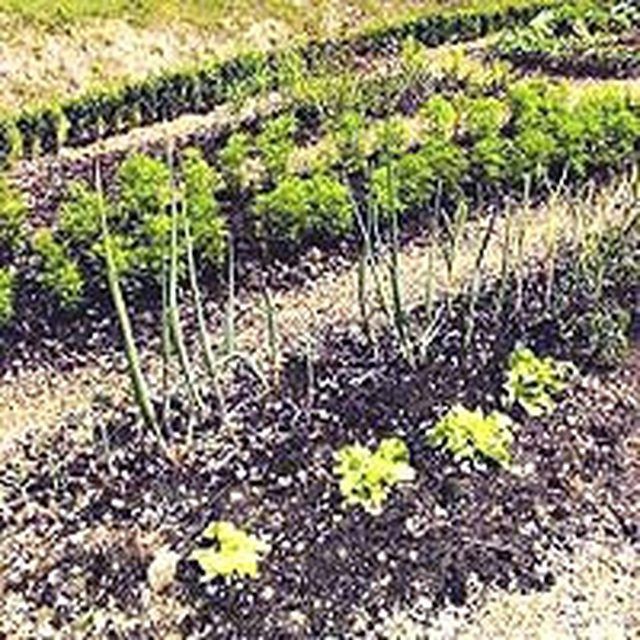Bulbs
Flower Basics
Flower Beds & Specialty Gardens
Flower Garden
Garden Furniture
Garden Gnomes
Garden Seeds
Garden Sheds
Garden Statues
Garden Tools & Supplies
Gardening Basics
Green & Organic
Groundcovers & Vines
Growing Annuals
Growing Basil
Growing Beans
Growing Berries
Growing Blueberries
Growing Cactus
Growing Corn
Growing Cotton
Growing Edibles
Growing Flowers
Growing Garlic
Growing Grapes
Growing Grass
Growing Herbs
Growing Jasmine
Growing Mint
Growing Mushrooms
Orchids
Growing Peanuts
Growing Perennials
Growing Plants
Growing Rosemary
Growing Roses
Growing Strawberries
Growing Sunflowers
Growing Thyme
Growing Tomatoes
Growing Tulips
Growing Vegetables
Herb Basics
Herb Garden
Indoor Growing
Landscaping Basics
Landscaping Patios
Landscaping Plants
Landscaping Shrubs
Landscaping Trees
Landscaping Walks & Pathways
Lawn Basics
Lawn Maintenance
Lawn Mowers
Lawn Ornaments
Lawn Planting
Lawn Tools
Outdoor Growing
Overall Landscape Planning
Pests, Weeds & Problems
Plant Basics
Rock Garden
Rose Garden
Shrubs
Soil
Specialty Gardens
Trees
Vegetable Garden
Yard Maintenance
How to Flame Weed Your Garden
How to Flame Weed Your Garden. Flame weeding is a quick and easy way to kill weeds, that doesn't requirethe labor of hoeing or chemical weed-killers that may be unsafe for pets orchildren. Flame weeding uses heat from a propane torch to boil the moisturewithin weeds, bursting their cells and killing them.An extra benefit of flame weeding is that...

Flame weeding is a quick and easy way to kill weeds, that doesn't require
the labor of hoeing or chemical weed-killers that may be unsafe for pets or
children. Flame weeding uses heat from a propane torch to boil the moisture
within weeds, bursting their cells and killing them.
An extra benefit of flame weeding is that the heat will also kill harmful
insect pests hiding among the weeds.
For a small garden, you can use a convenient cane-like flame weeding torch
with a small propane cylinder attached, that only weighs a couple of pounds
total and is easy to carry and control. For large gardens, flame weeders are
available that are attached to a 20-lb propane cylinder.
Things You'll Need
Flame weeder
The best time to weed is after a rain, after you've lightly watered the garden, or when the dew is on the ground, and also when it's not windy, so there's less chance of dry vegetation catching fire. Wear shoes and long pants, and check the safety instructions of your weeder.
Turn on the propane and light the weeder according to its instructions. Move the flame slowly over the weeds, a few inches above them. It may only take a second or two of heat to kill the weeds, since you don't need to actually burn them, just heat them. You'll only see a slight drooping or a slight change in their color at first, but if the weeds are heated sufficiently, within a few hours they'll wilt and within a day they'll turn brown and die.
If some weeds are still green the next day, you can go over them again with the flame weeder, but you'll soon learn much heat is needed to kill them the first time.
Tips & Warnings
Be careful not to heat any garden plants you want to keep, but if you do, the flame weeder will only hurt the leaves that are heated, without killing the entire plant, so the plant can recover.
Flame weeding won't kill the roots of weeds, so stubborn perennial weeds with established roots will require multiple treatments. It's best to start early in the season, when weeds are small.